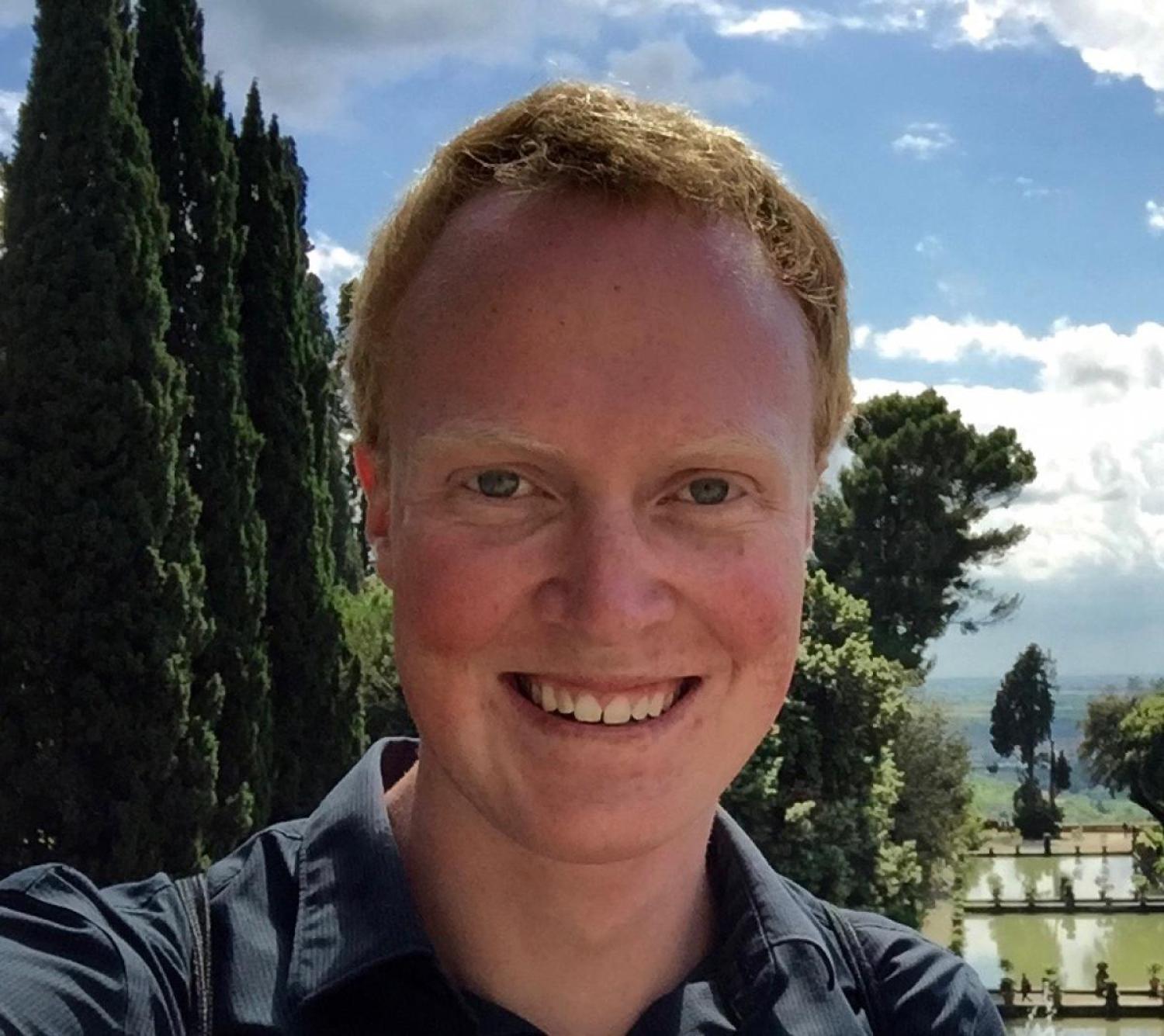Astronaut Scholarship Winner Has Out-Of-This-World Goals

Matt Hurst dreams of becoming an astronaut. It’s a desire shared by many around the world, but for Hurst, these are not merely idle thoughts of someone staring at the night sky. As an aerospace student, Hurst is on a path he hopes will take him into space, but if not, his drive and skill assure he’ll play a leading role in the aerospace industry for decades to come.
"There are two tracks to get to space, to be military, or through research and academia. I'm on the second track," says Hurst, an undergraduate senior.
Mercury 7 Scholarship
He's already making waves in the space community. Hurst is one of two CU Boulder students to earn a 2016 scholarship from the Astronaut Scholarship Foundation, an organization founded by the Mercury 7 astronauts to promote US leadership in science and technology.
"It feels absolutely amazing. To receive an award from a foundation started and run by astronauts is a huge honor," says Hurst.
The $10,000 award was formally presented earlier this month in Boulder by astronaut Dan Brandenstein, who flew four shuttle missions.
Hurst knows becoming an astronaut is a long shot. In 60 years of space travel, fewer than 600 people have made the cut.
"For me, being an astronaut would be awesome. There's so much you can contribute to the space program and in outreach to the public. However, the odds are very slim, so I should do something where I would be happy either way," says Hurst.
Academic Focus
For Hurst, that's computational modeling of complex aerospace problems. It’s an area where he excels, according to professor John Evans.
“Aerodynamics is the first class that really abuses you to use all the math you've learned. Some students ask, 'Why do we need to do all of this’, but Matt really enjoyed it," says Evans.
Evans is working with Hurst and professor Alireza Doostan on flight lift modeling, a computationally expensive area of aerospace design. They're trying to find ways to make it less costly.
"You have to predict what will happen at a bunch of different altitudes, speeds, and angles, and it can take weeks right now to solve one problem if you use direct numerical analysis. We're working on ways to speed that up," says Hurst.
He's hoping to publish a paper on the work before graduation, but in between classes and graduate school applications, free time is hard to come by.
What’s Next
“NASA pretty much won't even look at you unless you have at least a Master’s degree and three years of experience, so that's my next step," says Hurst.
His hardest task at this point is picking a focus area for a graduate program.
"Every class I take, I want to look that area into more. Trying to find just one focus is hard," he says.
One thing is clear, Hurst has a passion for research.
"I worked at Lockheed Martin the summer after my sophomore year, and I enjoyed it, but I missed the academic side. In business you're trying to get a solution to a problem, and then you go on to the next one. In academia, there's more room to just explore,” says Hurst.
In the aerospace industry, that exploration can take many different forms. For astronauts, it may be a manned mission to Mars, but a trip to another planet is only the final step in a journey that begins with the development of new rockets, space habitats, and advanced electronics. Every step along the way can mean a new breakthrough, whether you’re traveling to the stars or designing the technology to get there.
“Spaceflight has had such a far reaching impact for human history. You look at all of the products and advancements that have come from the space program,” Hurst says. “Being able to contribute to an industry that has benefited humanity so greatly would be incredible.”

